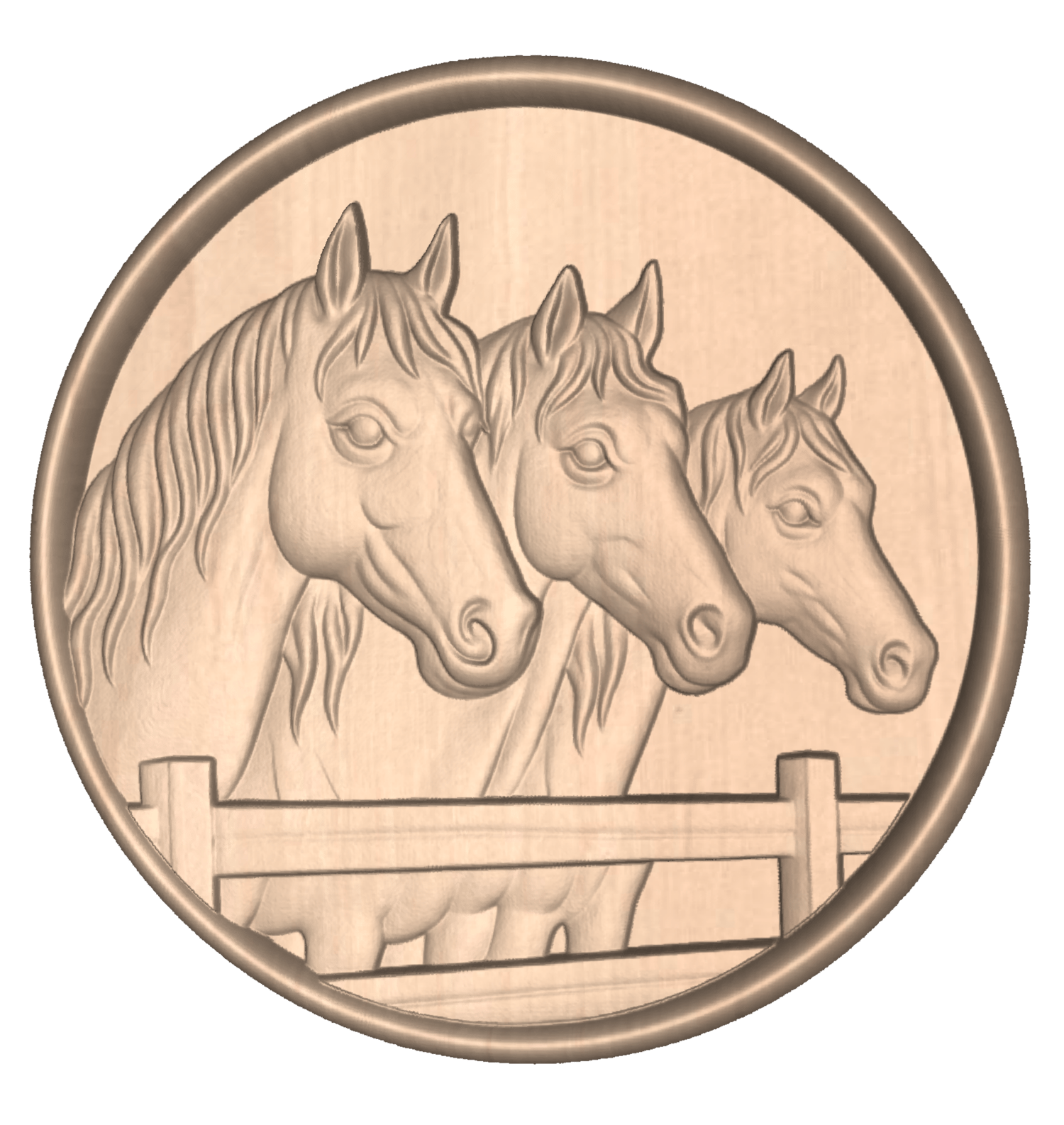
Revolutionary War Soldier USA
The excitement is building for America's 250th Anniversary! This file is the Revolutionary War Soldier. He's ready for one or two sided carving! (Not for 5th axis...sorry). Make him alone, put him on a plaque...be creative! We support our current and past military!
Here’s what life was really like for a common soldier in the American Revolutionary War.
Recruitment and Motivation
Most weren’t professional fighters. They were farmers, tradesmen, apprentices—ordinary guys who signed up for a mix of reasons: patriotism, peer pressure, a small bounty, or the hope of steady pay (which was often late or nonexistent). Some were drafted by their towns. Many had families they left behind, knowing crops might fail or debts would pile up.
Training and Discipline
Training was rough and inconsistent. Early in the war, many militias were barely trained at all—just neighbors with muskets. The Continental Army under Washington gradually imposed European-style discipline: marching drills, volley fire, bayonet practice. Desertion was common early on; officers resorted to floggings and even executions to enforce order.
Clothing and Equipment
Uniforms were a mess. Supplies were short, so many wore their regular clothes. Shoes wore out quickly—barefoot soldiers were common, especially in winter. Muskets were often secondhand or outdated, powder could be damp, and bayonets were scarce. A blanket and a haversack of hard bread and salt pork might be all a man carried.
Food and Hunger
Rations were supposed to include bread, salted meat, peas or beans, and a little rum. In reality, soldiers often went hungry or scavenged. At Valley Forge (1777–78), some boiled shoe leather or made “firecakes” (flour and water cooked on a rock). Malnutrition and scurvy were constant threats.
Camp Life
When not fighting, most time was spent marching, building fortifications, or idling in camp. Camps were crowded and filthy. Disease—smallpox, dysentery, typhoid—killed far more soldiers than bullets. Latrines were often too close to water supplies. Washing was infrequent, and lice were inevitable.
Combat Reality
Battles were terrifying, smoky chaos. Muskets were inaccurate beyond 100 yards, so success relied on mass volleys and bayonet charges. Casualties from artillery or close combat were brutal—shattered limbs, infection, and crude amputations without anesthesia. Even surviving a battle didn’t guarantee survival; wounds often turned fatal in unsanitary hospitals.
Pay and Promises
Soldiers were paid in Continental currency that rapidly lost value—sometimes worth less than paper. Pensions or land grants were promised but uncertain. Many went home broke or disabled, with little recognition.
Morale and Brotherhood
Despite the misery, camaraderie was strong. Shared hardship forged bonds. Soldiers wrote home about their longing for family and farms, but also about pride in the cause. Seeing foreign allies like the French arrive in 1778 boosted spirits.
After the War
Many returned to farms in debt or ruined, some migrated west for new opportunities. Others stayed bitter, feeling forgotten by the country they helped create.
Bottom line: Being a rank-and-file Revolutionary War soldier was a grind of hunger, disease, lousy equipment, delayed pay, and the constant threat of death or maiming. The “glory” was mostly in hindsight—the lived experience was brutal, exhausting, and often thankless.


